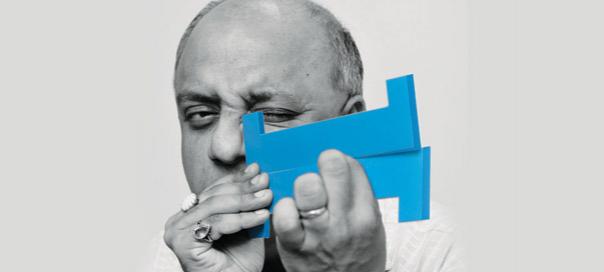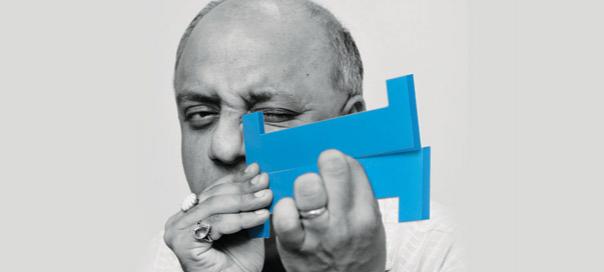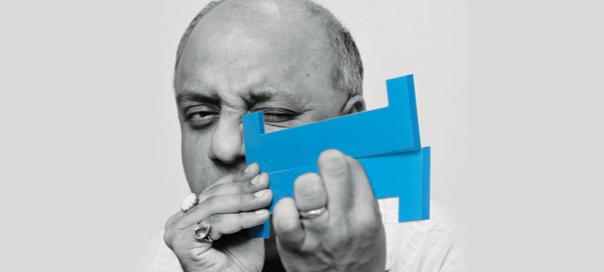There’s fear that the deluge of new technology has claimed another victim – the iconic Reader’s Digest. Earlier in December, it was the print edition of Newsweek.
But hold your horses: this might not be the end of the road for RD, at least not in India. This might not be the wave of technology that is likely to see in the near future Time-Warner bundling Time and its other magazines into a separate company so that the poor returns from publishing do not pull down the rest of the group.
This is not the first time ‘bankruptcy’ has shaken RD fans worldwide. On Sunday, the parent company of Reader’s Digest filed for Chapter 11 bankruptcy protection -- the second time in less than four years – pleading it needs to cut its debt so it can keep restructuring.
What it really means is that with $1.1 billion in assets and $1.2 billion in liabilities, the transaction will buy the publisher time and decrease debt service, but that is about all.
RDA Holding Co has said it will keep publishing the magazine during the bankruptcy, and targets to be out of Chapter 11 within six months.
Reader’s Digest’s circulation has been on the decline because of competition from the Internet - shrinking by nearly two-thirds – from more than 15 million -- since 1995, but it continues to be one of the world’s most-read magazines. According to the Alliance of Audited Media, the icon’s paid circulation took a direct hit of 0.6 million to 5.5 million at the end of 2012.
The New York company plans to cut its debt load by 80% during the restructuring, leaving it with about $100 million in debt. According to reports, it has already reached agreements with its secured lender and more than 70% of its secured note holders. A group of its creditors have supplied $45 million in new financing to help Reader’s Digest go through the process as part of a $105 million loan to repay existing bank debt.
What does that mean for India? Does it mean that the pocket-sized magazine that has ‘taught’ correct English to generations, shown the other side of daily life, and daily life itself in the most charming way will vanish after all, into a never-again-to-be filled vortex? Does it mean that another one will actually have give in to the advent of new technology, declining advertising and a drastic fall in circulation?
Not so far, as explained by Tom Becker, spokesperson for The Reader’s Digest Association, to a news agency: “The Chapter 11 filing is limited to the US business. No international operations are included in the filing and, as such, the international operations are not part of the Chapter 11 process. All Reader’s Digest publications continue to be marketed and published in all of our regions, including India. Our readers in India will see no change as a result of the action taken by the US company.”
The Indian edition of Reader’s Digest is published by India Today Group, which does a very a good job at it and has enhanced its reputation and circulation in India. As we can understand, it would be business as usual for Reader’s Digest in India and its editor, Mohan Sivanand, will continue to have a job.
Good for Sivanand, good for me – a diehard fan of ‘Laughter the Best Medicine’, ‘Word Power’ and ‘Life’s Like That’ – and good for the thousands of adults across India who gently push their children and grandchildren to read this pocket sized great house of knowledge. But I wonder how long such iconic beauties would continue to remain in the world conversing more in SMSes and emails where ‘great’ becomes ‘grt’ and ‘Yes!’ is ‘s’. Let’s face it. Iconic brands are dying. It does not seem strange that I say that, for brands are genuinely at the centre of an important cultural transformation. The essence of a long life for iconic brand is hinged upon its ability to change.
Advertisements, inspirational slogans and celebrity campaigns are all intended to make us sense that we are short of something in our lives. In the case of Reader’s Digest, I am yet to come across a sustainable campaign which summons the readers’ senses. According to the Indian Readership Survey Round II of 2009, the Reader’s Digest’s readership is 3.94 million, next only to India Today at 5.62 million.
Understandably, realizing that it had aged, the Reader’s Digest went to the Internet for expansion. But to no respite, management after management struggled, but could not -- as The Independent wrote back in 2009 when the icon filed for bankruptcy the first time -- “shake off an increasingly fusty image”.
While alleging irresponsibility at the investor’s end, The Independent further puts the blame of Reader’s Digest’s irreversible woes on “private equity, engorged on cheap debt during the credit bubble, which went on an unprecedented leveraged buyout spree”.
“In this case, it was Ripple wood, a modest private equity firm founded by Tim Collins, a financier who also sits on the board of Citigroup. He snapped up The Reader’s Digest Association, the parent company, for $1.6bn in 2007 and loaded the company up with so much debt that the interest payments always threatened to overwhelm it.”
In 2009, Ripple wood gave up its ownership of the company and said it had arranged a deal with the banks, led by JP Morgan, who would take ownership, and replace the existing $2.2bn in debt with a much more manageable $550m. The deed is done and trouble knocks again for Reader’s Digest, as the parent company further tries to reduce debts and focus on growing online sales. Since the publishers actively use digital versions of offline publications in their brand media campaigns, it would be interesting to see how Reader’s Digest fares, and if it develops a strong digital presence.
Feedback: abatra@exchange4media.com
























